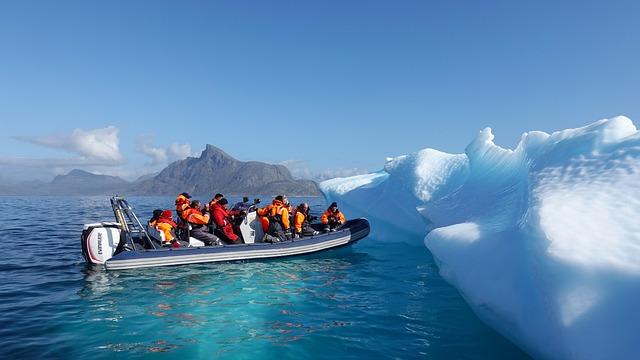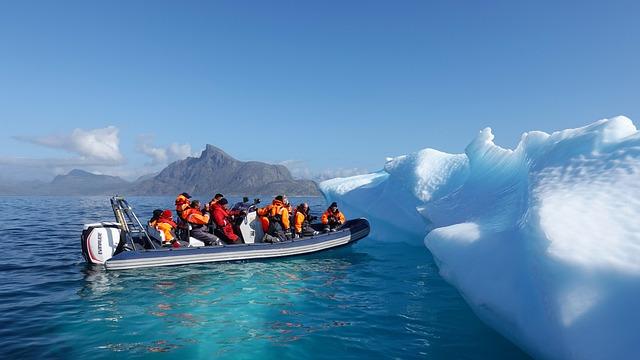- Introduction
- What is Climate Engineering?
- Various Forms of Climate Engineering
- Potential Benefits
- Challenges and Ethical Concerns
- Conclusion
- FAQs
- References
Introduction
Climate engineering, also known as geoengineering, is gaining attention as a controversial yet potential solution to the escalating climate crisis. There are numerous methods scientists explore to reduce the impact of global warming, including Carbon Dioxide Removal (CDR) and Solar Radiation Management (SRM). Climate engineering raises important questions, which is why this article will dive into what it means, how it could be applied, its benefits, and the significant ethical and environmental concerns it poses.
In the following sections, we will discuss the basic definition of climate engineering, explore the different forms of it, assess the possible advantages, and finally discuss some environmental and moral dilemmas that come with its use.
What is Climate Engineering?

(Image: Pixabay/@guvo59)
Climate engineering refers to deliberate large-scale interventions in Earth's climate system designed to either reduce the essential drivers of climate change or directly counteract its effects. Often divided into two crucial categories—Carbon Dioxide Removal (CDR) and Solar Radiation Management (SRM)—each approach attempts to tackle different aspects of climatic disruptions caused by human activity.
While CDR seeks to reduce the concentration of carbon dioxide (CO2) in the atmosphere, SRM aims to reflect a small proportion of solar rays back into space by enhancing Earth's albedo (the measure of reflectiveness), thus preventing atmospheric warming even without reducing greenhouse gases. Techniques include anything from tree planting and ocean seeding to more drastic measures like reflective aerosols or cloud brightening.
Given the scope of the climate crisis, climate engineering is becoming an area of serious consideration, although many scientific and ethical barriers to its wider implementation remain.
Various Forms of Climate Engineering

(Image: Pixabay/@Pexels)
Climate engineering can take several different forms, depending on the approach taken to mitigate or reverse climate change's effects. Here, we'll break down the main strategies into CDR and SRM, exploring the nuances of each:
1. Carbon Dioxide Removal (CDR)
CDR focuses on reducing the amount of CO2 in the atmosphere, which is the leading greenhouse gas accelerating global warming. Multiple strategies fall under this category, such as...
2. Solar Radiation Management (SRM)
On the other hand, SRM reduces the amount of solar energy absorbed by Earth's surface by reflecting a higher percentage of sunlight back to space. These methods typically provide a faster-acting but temporary solution while science grapples with decarbonization.
3. Ocean Fertilization
One CDR method involves increasing the ocean’s CO2 absorption capacity by promoting the growth of phytoplankton through "fertilizing" oceans with nutrients like iron. This helps remove CO2 as marine life absorbs it and eventually traps it in ocean floor sediments.
4. Stratospheric Aerosol Injection (SAI)
One example of an SRM technique is spraying aerosol particles into the stratosphere to reflect sunlight...
Potential Benefits

(Image: Pixabay/@dassel)
The proponents of climate engineering argue it offers several notable advantages in combating climate change. The key potential benefits include...
Challenges and Ethical Concerns

(Image: Pixabay/@loogpla)
Climate engineering, however, doesn’t come without its significant downsides. Many experts raise questions regarding...
Conclusion
Climate engineering opens the door to exciting technical possibilities but also calls for careful consideration concerning environmental safety, ethical guidelines, and potential social inequalities. As climate change continues to exceed alarming thresholds, it's critical that we develop a clear understanding of both the promising benefits of climate engineering technologies and the equally present risks they entail.
FAQs
What is the main distinction between CDR and SRM?
CDR removes carbon directly from the atmosphere, while SRM aims to reflect solar radiation to cool the planet.
Is climate engineering currently in practice?
Though in the research phase, some smaller scale CDR initiatives are operational...
Could geoengineering create unintended environmental consequences?
Yes, the unknown side effects...

